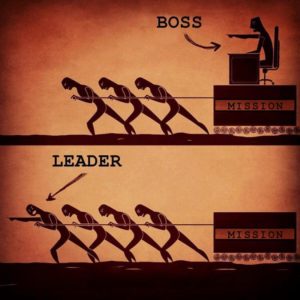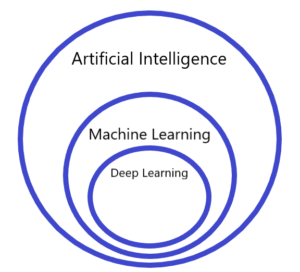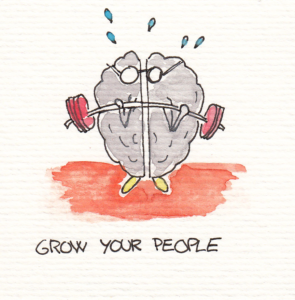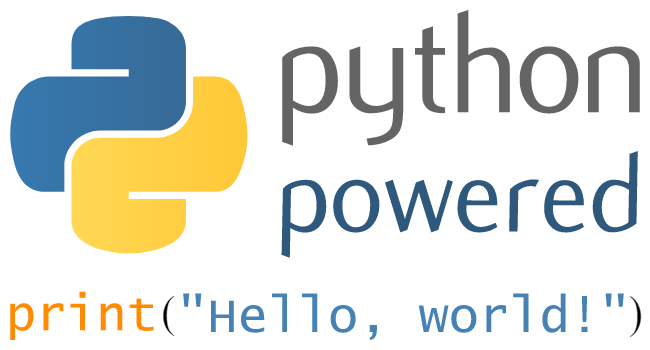5G is the network that will revolutionize medicine
Technological advances are not a secret society, the intervals between one and the other are getting smaller and today you can already find the 5G network knocking on doors of sectors as important as medicine.
How does 5G promise to revolutionize medicine?
When we talk about 5G networks we mean the new wave spectrum that will facilitate the release of the now partially collapsed 4G network. We know that the custom is to associate these networks with mobile devices or, failing that, computers. However, the Internet of Things (IoT) is a reality and in the medical field it now becomes a priority to have good connectivity and speed to optimize processes in the digital age. The 5G network seeks to decongest the 4G network by presenting a greater storage capacity, with a speed that promises to reach up to 10 GB per second, which is more than enough to work as the new “smart cities” should work with smartphones, cars smart, smart homes and, among those things, medicine with smart devices and equipment.
Let’s imagine a situation
You are in a rural area, far away from the city, and casually you get sick. What is your option? Right! Taking your car or any means of transportation to travel to the nearest doctor or hospital, although that can often mean more than an hour’s journey that involves an investment in time, money and, most importantly, energy (which is the resource that is most appreciated when faced with a disease). 5G networks, within telehealth, become the salvation by giving the user the convenience of receiving attention directly from your home, with the help of your smartphone or any device with an internet connection capable of sending and receiving data.
Here is the following question: With a 4G network, you cannot use telehealth as well? Well, the answer is: Yes. However, when this remote monitoring and all the files that these require are added to the networks of the health companies, they generate overhead in the network, which decreases the speed and, with this, the productivity. Taking into account that these are hundreds of patients a day.
Among the things in which 5G promises to be a clear improvement in the health sector are the rapid transmission of large multimedia data, such as those corresponding to MRIs and other machines of the type. When the network is slow, these files may not be sent (or sent damaged), thus delaying the processes and causing specialists to see fewer patients in the same amount of time. Another thing is the improvement in telemedicine, as well as improvement in augmented reality, virtual reality and in space computing (which is now limited in use). Finally, real-time monitoring will be more reliable for both doctors and patients.






 In September, the Python Software Foundation announced that Python 2 would reach end of life when this year started. That means the foundation would stop supporting the software and will not improve it, even if they found security issues in it.
In September, the Python Software Foundation announced that Python 2 would reach end of life when this year started. That means the foundation would stop supporting the software and will not improve it, even if they found security issues in it.